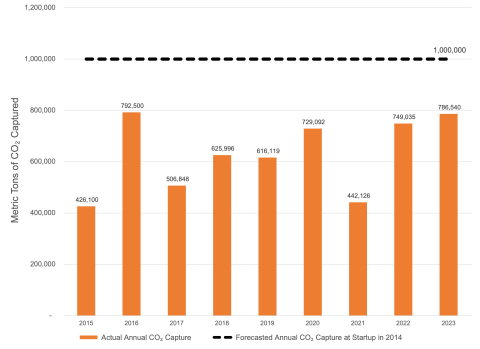IEEFA testimony: Support for Massachusetts bills allowing fossil fuel divestment
My name is Tom Sanzillo. I am Director of Finance for the Institute for Energy Economics and Financial Analysis. I am here today to speak in favor of Bill A3662/S636. I also support Assembly Bill 2220.
The bill grants the authority to local retirement boards to divest from fossil fuels, defined as coal companies, integrated oil and gas companies, and exploration and production companies (“fracking” companies).
The question is not whether a retirement board or the State of Massachusetts, for that matter, should divest. The question is: why are any pension fund dollars invested in fossil fuels at all?
- The leading U.S. coal company, Peabody Energy, emerged from bankruptcy in 2017 and since then has declined 65% in value.
- The energy sector, including the integrated oil and fracking companies, once commanded 28% of the S&P 500 Index. They now have a 4.5% share of the market.
- In just this past year, The Wall Street Journal has published eight articles on the financial failure of the fracking industry. Negative cash flows, bankruptcies, and low prices reflect an industry without a business model that can succeed.
- In the last five years, all of the five largest major integrated, publicly-traded oil and gas companies have lagged the S&P 500. ExxonMobil, the worst performer, has lost 29% of stock value, while the market overall has gone up 50%.
- For most of the 1980s and 1990s, the fossil fuel sector led the stock market. In 1980, seven of the top ten companies in the S&P 500 were energy stocks. Today, there are none, and the energy industry is the worst-performing of any sector in the index.
Put bluntly, a fund could invest in just about any other sector of the economy and do better than investing in the energy sector.
Table: Five Year Comparison of Exxon (XOM), BP, Shell (RDS), Total (TOT) and Chevron (CVX) Stock Performance Against the Standard & Poor’s 500
GSPC- Blue, XOM- Green, BP- Red, RDS- Gray, TOT- Orange, CVX- Purple
The industry has a negative forward-looking outlook. This is due to chronic oversupply and resulting low prices, political fragmentation, technological competition within the industry, and, from outside the industry, competition from renewable energy and other alternative technologies, growing investor skepticism and rising public demands to combat climate change.
Looking further into the future for fossil fuels—look at Norway. Oil and gas is not just an investment in Norway, it is a large part of its economy. The country is a large owner of oil and gas —the revenues from sales are 20% of the nation’s budget. It has amassed more than $1 trillion in a public fund since the 1990s. Norway projects long-term budget deficits and the depletion of that fund due to dropping revenues from oil and gas through 2060. This would be like Massachusetts looking at a long-term decline in its financial services and manufacturing base through 2060.
The question is: why are any pension fund dollars invested in fossil fuels at all?
The Norwegian government knows about as much about oil and gas markets as any investor in the world. It has recently divested from exploration and production companies and a few years ago divested from coal. The remainder of the sector is being watched, and the level of volatility in the sector is a matter of significant concern.
The government of Norway must, by necessity, manage the ongoing risks of fossil fuel ownership and investment. The State of Massachusetts and its local retirement boards have neither the capacity to manage nor a financial interest in the long-term viability of fossil fuels. But they do have a long-term interest in the financial viability of their own investments.
Bill A3662/S636 allows for local retirement boards to divest from fossil fuels and to move money into broader fossil-free indexes. The local retirement boards are fiduciaries—not only of pension funds for their employees, but they also must manage the consequences of financial decisions as part of their fiscal responsibilities.
Much of the conversation within local governments will undoubtedly be about the moral and political importance of taking the right action on climate change. The financial markets, however, are actually sending us in the same direction—away from fossil fuels and towards alternatives. By reducing the all but certain downside risk of continued investment in fossil fuels, local funds will be protecting the benefits of both their current employees and retirees. There is an alignment of public and market forces here that make this bill timely, relevant and necessary.
Tom Sanzillo ([email protected]) is IEEFA’s director of finance.
Video: Massachusetts Legislature Joint Committee on Public Service Hearing Bill A3662/S636
RELATED ITEMS:
IEEFA update: Fracking sector spills more red ink in Q3
IEEFA update: ExxonMobil abandons goal of “quick cash” from Permian fracking
About IEEFA
The Institute for Energy Economics and Financial Analysis conducts research and analyses on financial and economic issues related to energy and the environment. The Institute’s mission is to accelerate the transition to a diverse, sustainable and profitable energy economy. www.ieefa.org













